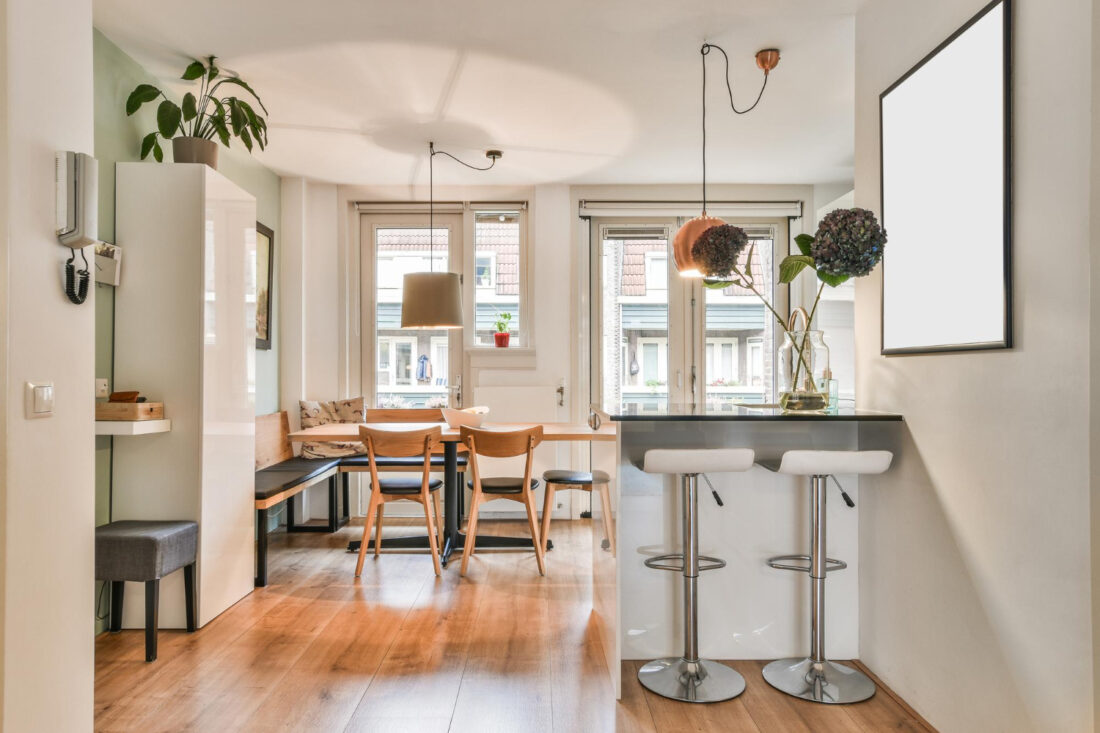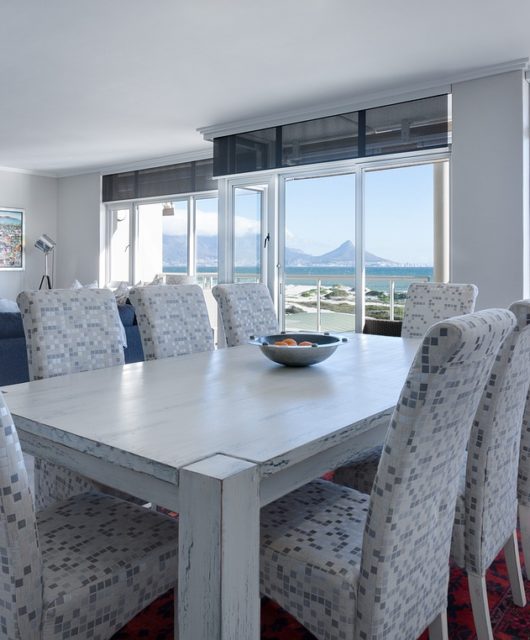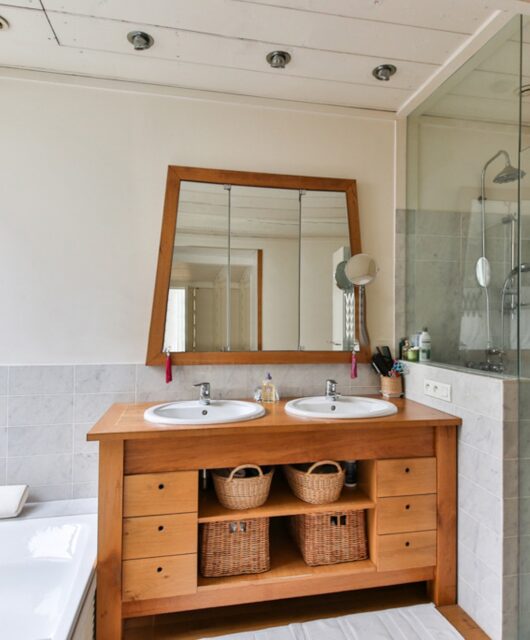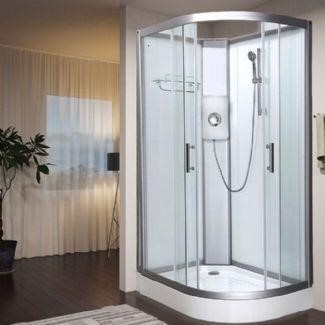Compact Living: How to Create a Functional Small Space
 Ample space is often a luxury in home design and decor. However, small spaces need to stay within style and functionality. Resourcefulness can turn the coziest quarters into efficient, inviting habitats.
Ample space is often a luxury in home design and decor. However, small spaces need to stay within style and functionality. Resourcefulness can turn the coziest quarters into efficient, inviting habitats.
Key Takeaways:
- Decluttering is a transformative process that can immensely enhance small living spaces.
- Choosing versatile furniture with a dual purpose maintains functionality without sacrificing style.
- Vertical space utilization and clever lighting can change the feel of a room, making it appear more spacious.
- The minimalist approach promotes quality over quantity, fostering a spacious and well-curated home environment.
Table of Contents:
- The Art of Decluttering: Making Room for Growth
- Smart Furniture Choices: Dual-Purpose and Space-Saving Designs
- Vertical Space: The Untapped Potential
- Lighting Techniques to Enhance Spaciousness
- Multipurpose Living: Room Dividers and Zone Creation
- Color and Pattern: Tools for Tricking the Eye
- Custom Built-Ins: Tailored Storage Solutions
- Accessorizing Wisely: Decor That Serves a Purpose
- Technology and Home Automation: Space-Saving Gadgets
- Living with Less: The Minimalist Approach
The Art of Decluttering: Making Room for Growth
Decluttering does more than create physical space; it brings clarity and opens us to new possibilities. The initial step involves making tough calls about what to keep and let go. Yet, the result isn’t merely more space but a home that genuinely reflects personal style and necessities. This process promotes a minimalist ethos, driving us towards a less cluttered, more mentally freeing environment. Given the premium on urban living space, a strategic approach to design and minimalism, like the principles found at Visual Comfort, can transform even the most limited areas into visually stunning, practical residences. One can enhance the space and craft an abode that radiates tranquility and order, a sanctuary from the hectic world outside.
Smart Furniture Choices: Dual-Purpose and Space-Saving Designs
Investing in multi-functional furniture is not only innovative but essential in small spaces. Such pieces include Murphy beds that tuck away during the day or ottomans that open up to reveal storage space—a boon for apartments where every square inch counts. Another ingenious design is the drop-leaf table, which adapts to the need for more surface area when guests arrive, demonstrating that compromising on space does not mean sacrificing the requirements of a full-sized home. With various design innovations on the market, choosing furniture that combines style with utility can be an enriching, space-saving strategy.
Vertical Space: The Untapped Potential
The vertical territory of a room is often overlooked when planning storage. Shelves placed high on walls can store infrequently used items, keeping daily necessities within easy reach. In contrast, hanging organizers can turn the back of a door into a handy spot for essentials. Wall-mounted furniture, like desks and TVs, eliminates the need for bulky alternatives, and installing tall, narrow bookcases can lead the eye upward, creating an illusion of height while offering considerable storage benefits. Clever use of vertical space is an art form that can make the floor plan appear more extensive and open.
Lighting Techniques to Enhance Spaciousness
A smart lighting plan is crucial in a small space—a poorly lit room can feel cramped and unwelcoming. The proper lighting can visually enlarge a space, highlighting its best features while providing an inviting atmosphere. Layering different light sources—from overhead fixtures to floor lamps—adds depth and warmth. Choosing appropriate fixtures in scale and style can become a focal point, such as a sleek floor lamp tucked into a corner or wall sconces that add a warm glow without taking up precious tabletop space.
Multipurpose Living: Room Dividers and Zone Creation
In limited square footage, it’s essential to delineate different living areas without constructing barriers. Room dividers are a versatile solution; they can carve out an office space in a living room or separate a sleeping area in a studio. Options range from elegant Japanese Shoji screens to contemporary modular systems that can be easily reconfigured. The idea is to create visual and practical distinctions between spaces while maintaining an open and airy feel. Temporary solitudes become possible in a single large room, proving the adaptability and potential of confined spaces.
Color and Pattern: Tools for Tricking the Eye
Color and pattern have a dynamic impact on how we perceive space. Light, neutral colors make walls recede, making a room feel more expansive, while an accent wall in a bold hue can add depth. Patterns can be used in moderation to add interest and movement to a space, making it feel lively. When used strategically, they can guide the eye around the room, creating a sense of continuity that extends beyond the walls. Strategic use of paint and pattern can be transformative, offering an inexpensive but effective method to make a small space appear broader and more open.
Custom Built-Ins: Tailored Storage Solutions
Custom built-ins are a hallmark of well-designed small spaces, providing a home for everything while blending seamlessly with the room’s architecture. These personalized solutions can exploit every nook and cranny, from under-stair drawers to window-seat storage, ensuring every item has a designated spot. Such bespoke storage can be designed to reflect the homeowner’s style while being scaled to suit the room’s dimensions, thus maintaining a sense of proportion often lacking with off-the-shelf solutions.
Accessorizing Wisely: Decor That Serves a Purpose
When real estate is at a premium, every decor choice should serve a functional purpose—think of mirrors that beautify while also reflecting light and enlarging the space visually or artwork that adds a punch of personality without any footprint. Plants can offer both a natural aesthetic and health benefits, improving air quality and bringing life to a space. Decor in a tiny abode should appeal to the eye and enhance the room’s usability and overall comfort.
Technology and Home Automation: Space-Saving Gadgets
Modern technology affords incredible conveniences that can also save space. Smart home devices such as bulbs, thermostats, and speakers can be controlled through a centralized system, eliminating clunky hardware. It not only simplifies life but can also keep surfaces clear and the ambiance sleek. Wall-mounted smart displays and compact, multi-use appliances are also a boon for small-space dwellers, offering high functionality without occupying precious space.
Living with Less: The Minimalist Approach
Embracing a minimalist lifestyle involves shedding excess and focusing on what is essential. This philosophy encourages the selection of pieces that are not only functional but also bring joy and value to one’s life. It isn’t about austerity but intentionality and choosing to surround oneself with items that support and enhance day-to-day living. This discerning approach ultimately contributes to a more extensive, more open, and profoundly peaceful space—a testament to the idea that less can be more.









